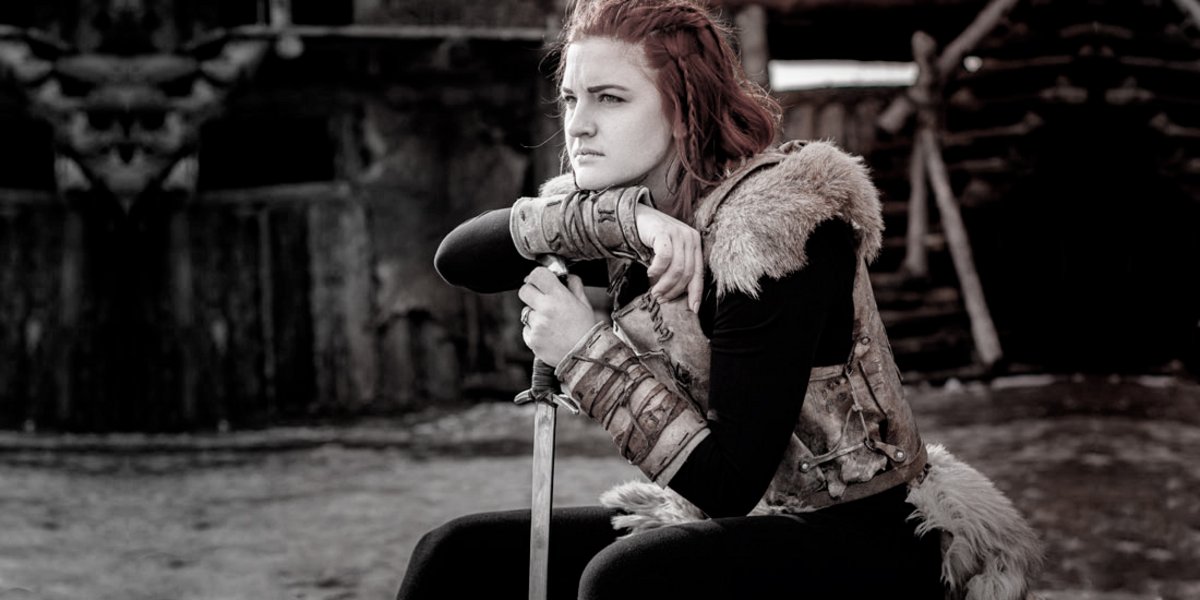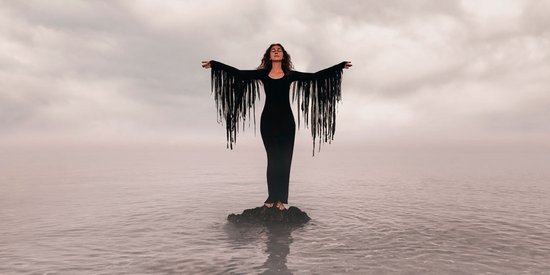A highly effective tool for divination, the Runes represent a system of wisdom, power and of clairvoyant ability.
Originating from the Pagans, traces of the runes were found in the first ever human writings. The first symbols were engraved in rock caves and represented the various forces of nature interacting with people.
Sacred symbols corresponding to the pre-runic age were found in Scandinavian caves, dating from this primal epoch of the 2nd millennium BC.
By jumping several centuries, we find that the term Futhark (alphabet of runes) appears, somewhere between the 3rd century BC and the 3rd century AD.
The most popular theory is the association of Runes with a derivative of the Etruscan alphabet, spoken in ancient Italy (Northern Italy today) by the tribes of the Alps and the Bohemians. There is also a strong resemblance to the Latin and Roman alphabets
More than an alphabet, the runes are a sacred, philosophical and spiritual language. The word “rune” variously means whisper, murmur, mystery, secret, sacred word, speak quietly, in several ancient languages.
More commonly, the runes were adopted by the Vikings and were found in Norway, Sweden and Denmark and in Germany, France and Spain.
In the evolution of this art of divination, a first alphabet with 24 symbols was used by the Celts and Druids throughout the centuries. It is said that Merlin the Magician used the Runes for King Arthur and his 12 knights before their departure in their quest for the discovery of the Holy Grail. Subsequently, a second alphabet of 16 symbols was used by the Vikings. It is from this period in particular, that the study of runes attracted the attention of researchers.
The church used the runes occasionally as inscriptions in between other symbols on their crosses. In Iceland in the seventeenth century, people who used runes could be punished by death. In the middle of the twentieth century, the Nazis had already hijacked the symbolic meaning of the swastika, representing well-being and good fortune, and converted it to one of racial purism. The symbol of the rune Sowilo, goddess of the sun, source of life, was usurped by the Nazi SS symbol. This ideological and political use of the symbolic runes was also used by cults and in satanic ceremonies. For these reasons the runes fell into oblivion.
Today, the runes are a way to connect with the spirit world, to do magic and to cure certain diseases. They can be randomly drawn like the tarot cards, as a method of divination. Classified as an esoteric practice linked to Druidism, the Runes provide an opportunity to "move between worlds" and enter into communication with various deities.
The 24 runes of the Elder Futhark (Futhark is the name of the ancient runic alphabet used for divination) are: Fehu, Uruz, Thurisaz, Ansuz, Raidho, Kenaz, Gebo, Wunjo, Hagalaz, Nauthiz, Isa, Jera, Eihwaz, Perthro, Elhaz, Sowilo, Tiwaz, Berkano, Mehwaz, Mannaz, Laguz, Ingwaz, Dagaz, Othalaz, to which must be added Wyrd, the white rune.
A Rune = a Sound = an Energy
The Runes are not only an ‘alphabet’ each is also in principle a sound and the current of a primal energy.








